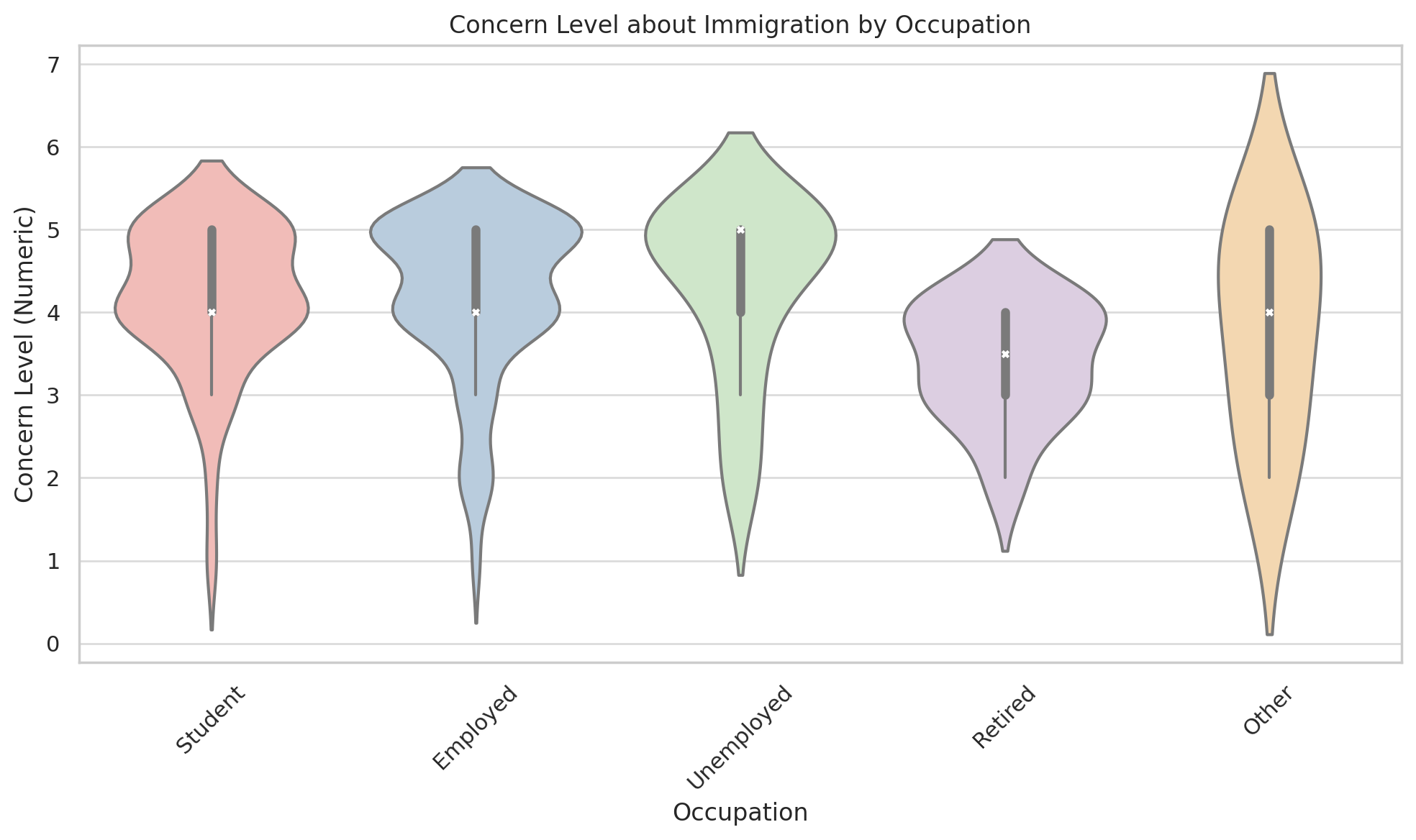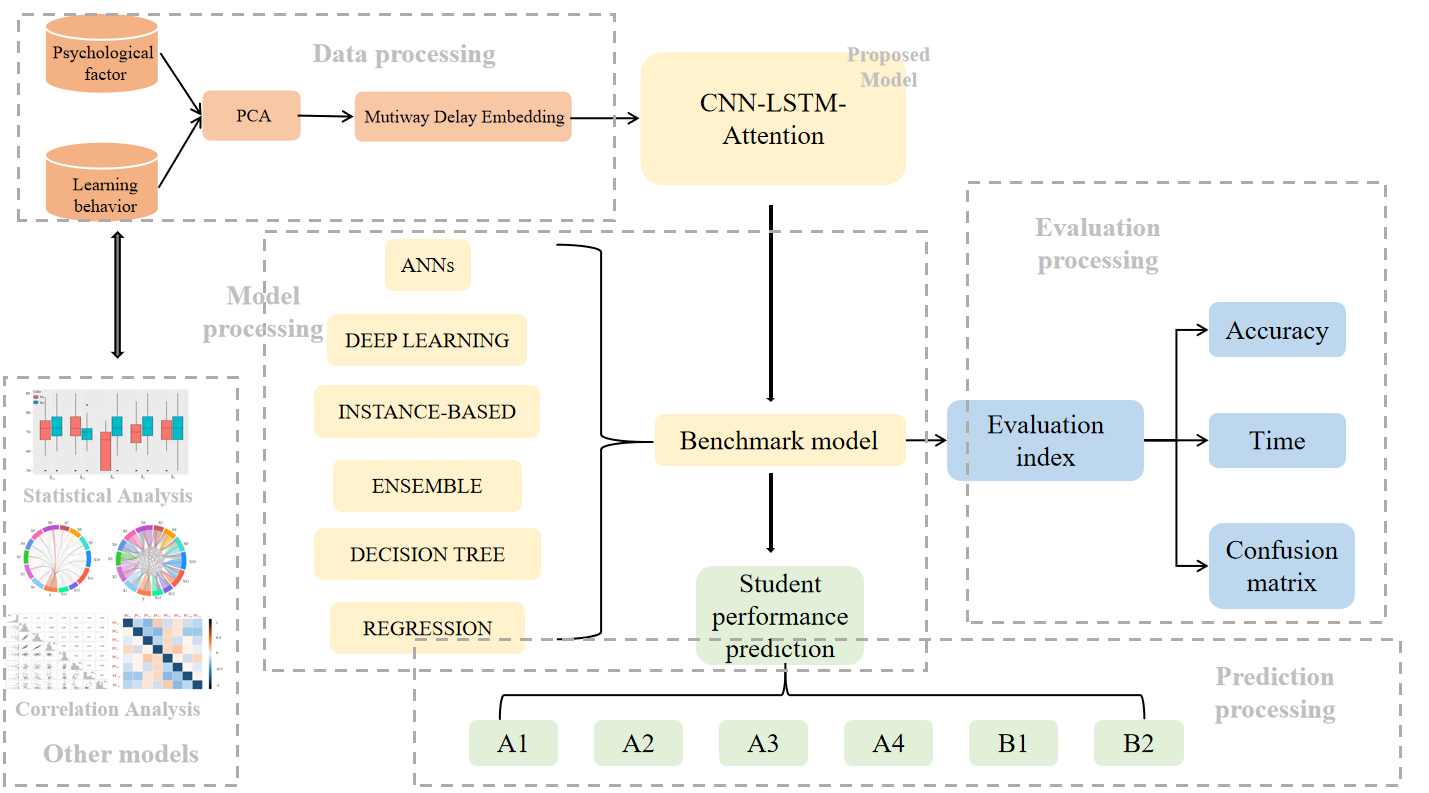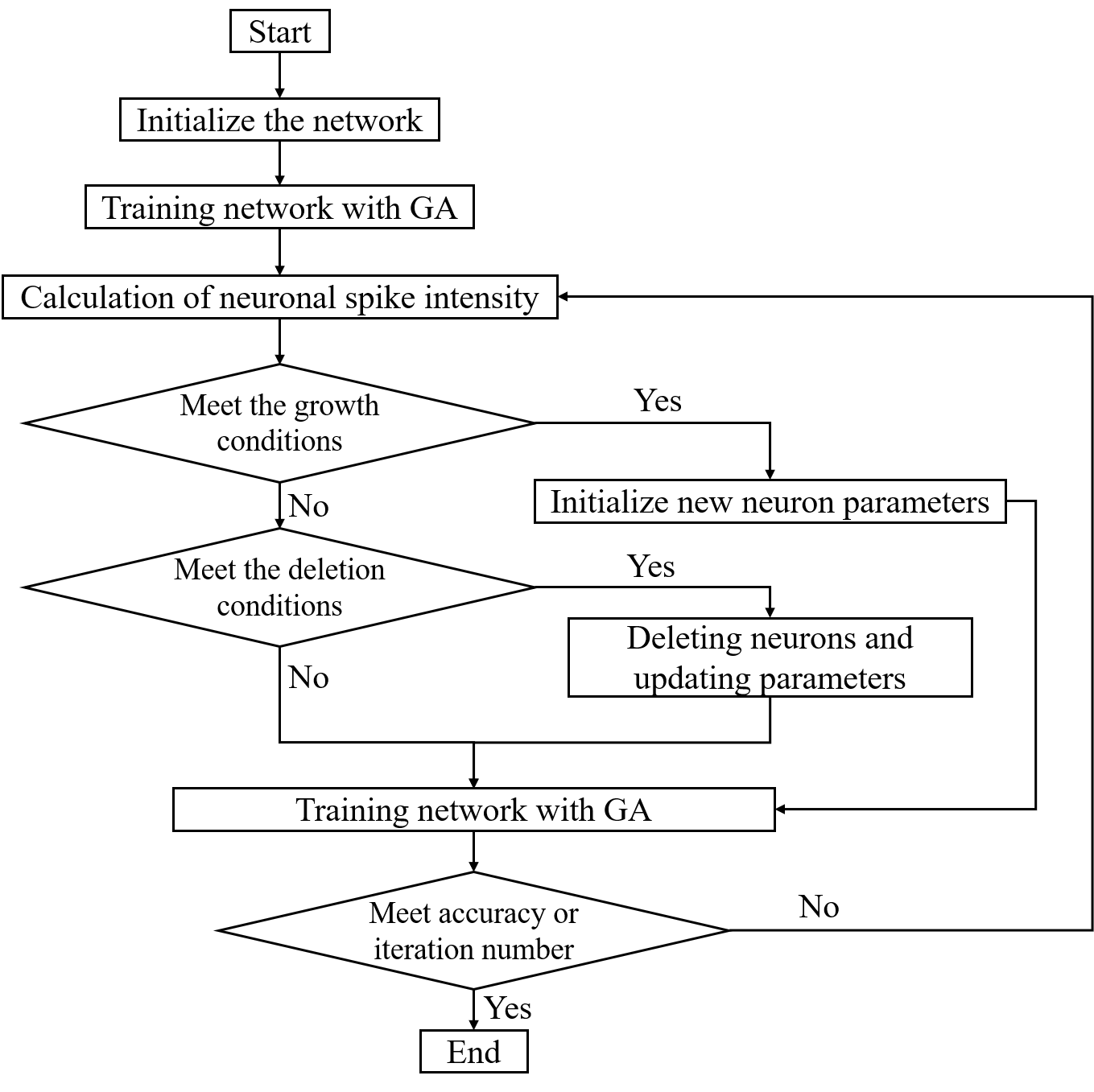 An open access journal
An open access journal
Optimization of Joint Angle of Six-degree-of-freedom Robotic Arm Based on Multi-objective Genetic Algorithm
Abstract
In this paper, for the joint angle optimization problem of six-degree-of-freedom robotic arm, a path optimization method based on multi-objective genetic algorithm is proposed to enhance the robotic arm motion performance with the goal of minimizing the end error and energy consumption. Firstly, a forward kinematic model of the robotic arm is constructed based on the Denavit-Hartenberg (D-H) parameters, and the modeling and visualization in the zero-position state is realized through the MATLAB Robotics Toolbox, and the coordinates of the target point (1500mm, 1200mm, 200mm) are set. Then, the dual-objective optimization model including Euclidean distance of end position and motion energy consumption is established by combining the parameters of joint inertia (0.2-0.6 kg-m²) and average angular velocity (1.0-3.0 rad/s), and the non-dominated sorting genetic algorithm II (NSGA-II) is used to solve the Pareto optimal solution set. The optimization results show that the end error is as low as 0.0488 mm and the total energy consumption is reduced to 23.9282 J under the optimal configuration that takes into account both accuracy and energy consumption, which verifies the effectiveness of the method in robotic arm motion control. The research results provide theoretical reference and technical support for the optimization of robotic arm paths in industrial automation and precision operation.
Share and Cite
Article Metrics
References
- Yue Jian; Duan Luck;. Application of industrial robots in automated production line of machinery manufacturing[J]. Internal Combustion Engines and Accessories,2024,No.399(03).
- Song Y ; Zhang Lei ; Tian Rong ; Wang Xiaohua ;. Research on obstacle avoidance motion planning method for robotic arm under complex multi-scenes[J]. Journal of Northwestern Polytechnical University,2023,v.41;No.201(03).
- Kim K W, Kim H S, Choi Y K, et al. Optimization of cubic polynomial joint trajectories and sliding modecontrollers for robots using evolution strategy [C]/. /Proceedings of the IECON'97 23rd InternationalConference on Industrial Electronics, Control, and Instrumentation, November 14,1997, New Orleans, LA, USA. New York:IEEE,c2002:1444-1447.
- Zhang J, Meng Q, Feng X, et al. A 6-DOF Rotbot-time Optimal Trajectory Planning Based on anImproved Genetic Algorithm[J].Robotics and Biomimetics,2018 ,5(1):1-7.
- LI Xiaowei,HU Likun,WANG Kun. Time-optimal trajectory planning of six-degree-of-freedom robotic arm with PSO under velocity constraint [J]. Journal of Intelligent Systems,2015,10(03):393-398.
- Machmudah A, Parman S, et al. Polynomial joint angle arm robot motion planning in complexgeometrical obstacle [J].Applied Soft Computing,2013,13(3). 1099-1109
- Li C, Qu Y, Shan L, et al. Research on Path optimization algorithm of the 6-DOF manipulator[C]//2019Chinese Automation Congress (CAC).IEEE,2019:3135- 3140.
- Wang, You-Min. B-spline curve trajectory planning for robotic arm joint space[J]. Journal of Anhui Institute of Mechanical and Electrical Engineering,2000(02):21-26.
- Zou, Qingxiao. A Novel Robot Trajectory Planning Algorithm Based on NURBS Velocity AdaptiveInterpolation[C].Advances in Mechanical Design- Proceedings of the 2017 International Conference onMechanical Design,ICMD 2017,1191-1208.
- ZHAO Hao,LIU Manlu,ZHANG Hua. 6DOF robotic arm trajectory planning based on cubic non-homogeneous B-splines[J]. Chinese and foreign technology application,2016,(6):43-48.
- SHI Buhai,SUN Huihui. Research on B-spline curve algorithm based on new S-type speed planning[J]. Machine Tools and Hydraulics,2016,44(15):72-79.
- Huang J, Hu P, Wu K, et al. Optimal time-jerk trajectory planning for industrial robots [J].Mechanismand Machine Theory, 2018,121:530-544.






